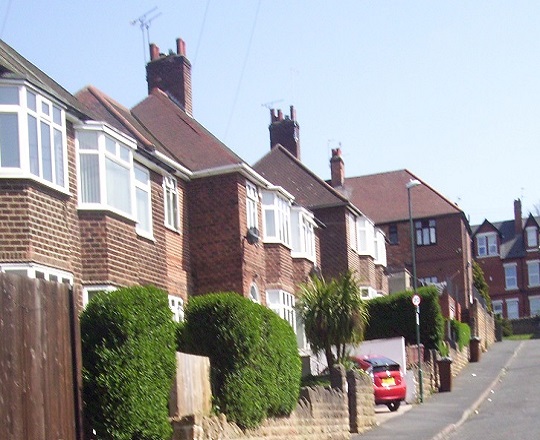Burglary: what’s the risk?

According to the Crime Survey for England and Wales, crime peaked in December 1995. The increases until then were mainly due to increased levels of burglary, vehicle crime and violence.
After 1995 crime reduced consistently although crime levels have remained steady in recent years.
The reasons for the reduced crime levels were several. Traditional high crime areas saw economic improvements following the large scale industrial collapse during the Thatcher years; there were major regeneration projects like City Challenge and the Single Regeneration Budget; Local Authorities and local projects saw crime prevention and community safety as their top priorities (I don’t see that now); among them, the police, recognised the role that the public played in apprehending criminals meant that they needed to develop good relations with the community.
An important factor in burglary reduction was then called “target hardening” – chiefly better locks on doors and windows.
Generally speaking acquisitive crimes, such as burglary increase during times of economic downturn. It is surprising, in fact, that burglary levels continued to fall after the 2008 banking crash and the austerity years. Whether burglary is likely to increase if the economy crashes again as a result of coronavirus remains to be seen. But I fear that it might.
In the mid to late 90’s a household in England and Wales had a 3% chance of being a victim of burglary with loss at least once during the course of a year. That figure now stands at 1.7%, a considerable reduction over a 25 year period.
However there are considerable variations within that figure. Households in rural areas have a 0.8% risk, while the risk in urban areas is 2%. Residents of multicultural / metropolitan areas have a risk factor of 2.9%, almost double the national average figure, but there are examples of high crime areas running 6 times the national average for burglary prevalence 25 years ago. Crime reductions in recent years have had the greatest impact on “high crime areas”.
Crucially households without a decent level of home security (strong locks on doors and windows) have a 3.5% risk – more than double the national average and higher than the overall risk 25 years ago when burglary was at its peak.
For information about types of keys we recommend the following link from the Happy DIY Home website:- click here
As well as researching crime during the 90’s, until 2008, I have been a multiple victim of burglary (before that time), so I know how victims feel. If you are staying home at the moment, now might be a good time to review your home security. Door and window locks are available on the Lock and Key website.
Note: John Hiley undertook consultations and research on crime for Local Authorities, Housing Associations and regeneration projects during the 90’s and up until 2008. He was also a District Councillor himself for eight years during the 90’s

